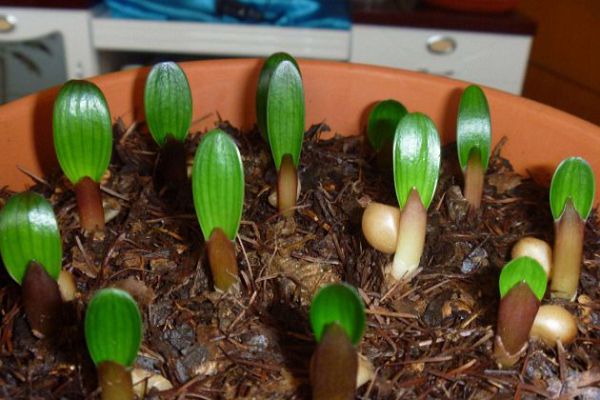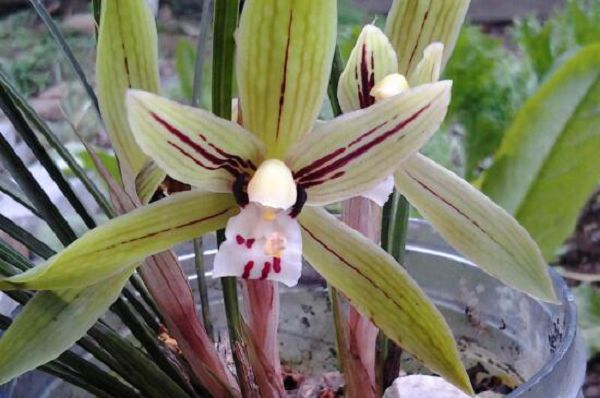How do magnolia breed? Detailed explanation of the method of ramet propagation of Cymbidium

Cymbidium is a favorite flower for many flower lovers. Generally speaking, we get new plants of Cymbidium by purchasing, but do you know how other people's Cymbidium is propagated?
At present, there are two common propagation methods of Cymbidium, which are ramet propagation and sowing propagation, which are good ways to obtain new plants of Cymbidium. Today, Hua'ergu will introduce to you about ramet propagation. This is a very fast way to make the magnolia become more than one pot.
Ramet timing
Ramet propagation we need to grasp the timing of ramet, generally from the mother plant around the root growth of the gentleman orchid is not suitable for ramet propagation, need to wait until a certain time to carry out ramet. The best time to split a plant is to wait for at least three leaves of the sprouts. Of course,
Ramet tool
Some auxiliary tools and materials that need to be prepared when ramets are mainly disinfectants, sharp art knives, new flowerpots and fertile soil. Disinfectants can use carbendazim, potassium permanganate solution, plant ash, etc. We can choose one of the easily available ones to disinfect the wound.
Ramet treatment
We need to take the separated plant out of the flowerpot, and at this time, with the help of a sharp art knife, we can first dig out some of the surrounding soil, and then use the art knife to cut off the connection with the mother plant in the place of adhesion. However, we suggest that you do not dig up the soil. We can use an art knife to cut a square around the seedling and cut out a square plant with soil wrapped around its roots. Pull it out together with the soil, so that the survival rate of transplanting is better. If the seedling is close to the mother plant, we can cut the soil on three sides, cut off the roots on the three sides, and then dig a hole in the soil outside the incision away from the mother plant, and press the seedling out of the gap between the mother plant and the seedling by hand. The purpose of this is to prevent excessive damage to the mother plant, but also to retain more roots of seedlings, which is conducive to survival.
Disinfection treatment
After we cut it out, we applied disinfectant to the wound, and then put it in a cool place to dry the wound. If the method is cut out together with the soil, we can use plant ash for disinfection and bring some plant ash as nutrients, which can promote the growth of roots after transplanting.
Re-potting
After the wound has dried, we can plant it in the pot with the soil. We prepare a pot of fertile, loose, draining and breathable soil to plant it well. Then pour the water thoroughly and put it in a cool place for breeding.
Late maintenance
Generally speaking, seedlings with soil will quickly adapt to the environment, and those without soil generally need about 2 weeks to adapt. After the first watering, we should not water frequently since then. As long as the soil is still slightly moist, we cannot water it. New roots have not yet grown, and too much watering can easily lead to rotting roots. Wait until the soil is dry before watering.
Related
- Is the orchid suitable for indoor use? Is it good for the body?
- How to prevent the empty root of orchids?
- What to do after the crab claw orchid is withered?
- Why are the leaves of orchids always yellow? Fertilizing and watering.
- Can the root of the gentleman orchid be saved if it is rotten?
- Diagnosis and treatment of cotton-blowing beetle insects in Cymbidium
- There is a way for a gentleman's orchid to rot.
- What is the most suitable temperature and humidity for the orchid?
- How to raise a gentleman's orchid? Cultivation techniques of Cymbidium
- How to prepare the nutritive soil for the cultivation of Cymbidium



